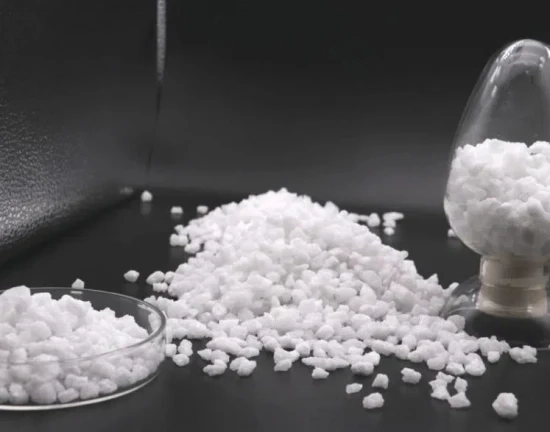Introduction
When exploring materials used in manufacturing, abrasives, and various industrial applications, the terms corundum and alumina often come up. While these terms are related, they refer to different forms and applications of the same base material: aluminum oxide. In this article, we’ll clarify the differences between corundum and alumina, helping you understand their unique properties and uses.
Understanding Alumina
Alumina, also known as aluminum oxide (Al2O3), is a chemical compound derived from bauxite ore. It is a highly stable material with excellent thermal conductivity, corrosion resistance, and electrical insulation properties. Alumina is commonly used in a wide range of industrial applications, including ceramics, refractories, and abrasives. Its versatility and high performance make it a crucial material in various manufacturing processes.
What is Corundum?
Corundum is a naturally occurring crystalline form of aluminum oxide. It is the mineral form of alumina and is known for its extreme hardness, ranking just below diamond on the Mohs scale. Corundum is commonly found in nature as clear crystals, but impurities can give it a variety of colors, leading to the formation of precious gemstones such as sapphires and rubies. Beyond gemstones, synthetic corundum is widely used in industrial applications due to its hardness and resistance to wear.
Key Differences Between Corundum and Alumina
1. Form and Structure
The primary difference between corundum and alumina lies in their form. While alumina refers to the chemical compound aluminum oxide, corundum is the crystalline mineral form of this compound. In other words, corundum is a naturally occurring, structured form of alumina.
2. Applications
Alumina is widely used in industrial applications such as the production of ceramics, refractories, and abrasives. It is also a key material in the production of aluminum metal. Corundum, on the other hand, is primarily valued for its hardness and is used in abrasive materials, cutting tools, and as a gemstone in its natural form. Synthetic corundum is also used in various industrial applications where hardness and durability are required.
3. Appearance
Corundum is typically found as a transparent or translucent crystal, which can be colorless or exhibit colors due to impurities. Alumina, however, is usually encountered as a white powder or granular material, especially in its industrial form.
Conclusion
In summary, corundum and alumina are closely related materials, both derived from aluminum oxide. The key difference lies in their form: alumina is the chemical compound, while corundum is the crystalline mineral form of this compound. Understanding these differences can help you choose the right material for your specific industrial needs, whether you're working with abrasives, ceramics, or high-precision cutting tools.
For more information on alumina and corundum products, or to find the best material for your application, contact us today. Our experts are here to assist you in making the right choice.
